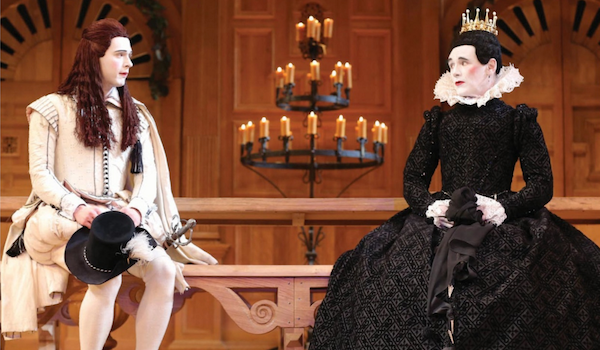
THE SHOW MUST GO ON

Just a street or two away from the relentless traffic of London’s Old Street roundabout, a stone’s throw from the circus school, is a dark green building. Step inside this Dickensian gem and you have reached the place where rigorous method is added to make-believe: a place where the fairy-tale enterprises of making films and creating theatre are given firm foundations. You have reached The School of Historical Dress and from this point on playing fast and loose with fashions of the past is definitely frowned upon.

Costume designers such as Piero Tosi, John Bright and Christine Edzard have long pioneered the creation of historically accurate clothing for film and television drama, particularly of the 18th, 19th and early 20th centuries. But further back, pre-1700, the clothes worn by performers become more distantly related to reality. Stage a production set pre-1600 and the relationship between the costumes and the real thing gets downright wobbly.

It’s easy to understand why. There is a direct correlation between this sliding scale of accuracy and the number of garments and historical patterns accessible to designers and makers. And the availability of appropriate textiles also varies enormously. It is surprising how few pattern books of historical garments have been published compared to literally thousands of books about the cultural history of dress. There are perhaps no more than twenty widely available pattern books of garments from before 1800…
Photography by Joan Marcus and Sara Weal
To read this article in full, order your copy of Selvedge issue 56 here.
